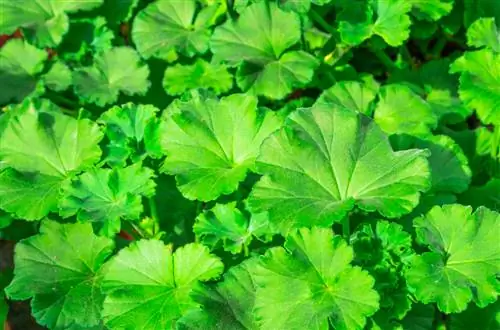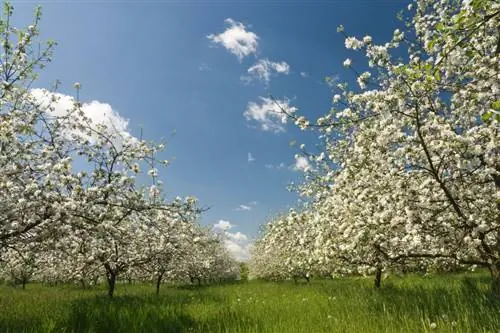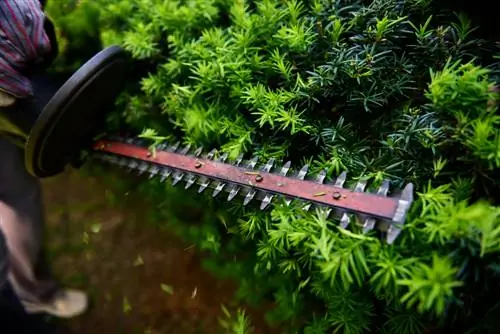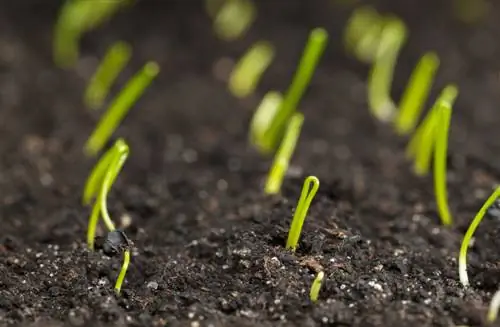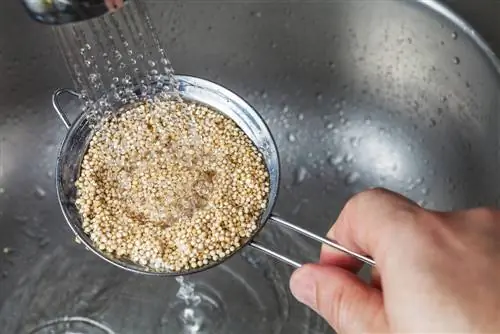- Author admin [email protected].
- Public 2023-12-16 16:46.
- Last modified 2025-01-23 11:22.
When it comes to growing plants from seeds, pricking out is often mentioned. There is a significant measure behind this that influences the further growth of the plants. Only the strongest specimens should be isolated.
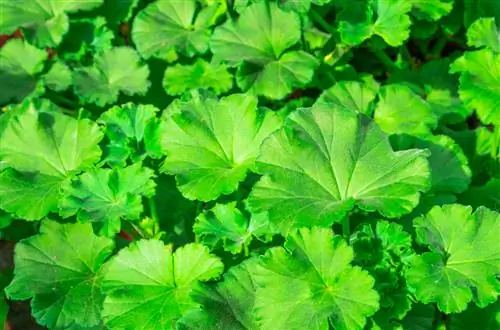
How should you properly prick flowers?
When planting flowers, seedlings are carefully removed from the seed tray and placed in their own pots. This promotes growth by reducing nutrient and light competition. The utensils required are pots, a pricking rod and a plant shower. Prick out as soon as leaves have developed above the cotyledons.
Why pricking is important
Seedlings are increasingly competing for nutrients and light in the seed tray. By separating, there is no competitive pressure and the young plants grow slowly and compactly. To ensure that they develop a dense root system and do not tend to shoot, you should continue to use potting soil or sowing soil. When the plants have developed a pair of regular leaves above the cotyledons, these can be separated. Depending on the species, this is the case after seven days or two weeks.
Users needed
Pickering requires a lot of sensitivity. To make your work easier, you should use aids. The young plants are extremely fragile and can quickly be damaged by too much pressure between your fingers. You can either get the right equipment from a gardening store or improvise with existing materials at home.
This is what you need:
- Pots with drain hole or yogurt cups
- Picker stick, chopsticks, popsicle stick, kebab stick or pencil
- Plant shower or repurposed PET bottle
Procedure
After you have filled the new planters with soil and moistened them slightly, take a pricking rod or pen and pierce the substrate on the side of the seedling with the tip. Carefully pry the individual plants or a whole group out of the soil and make sure that as few roots as possible are torn off. To prevent the sensitive seedlings from drying out, you should store them on a damp kitchen towel.
Tip
You can shorten very long main roots with your fingernail. This stimulates root growth and prevents the roots from bending upwards when inserted.
Drill a deep hole in the substrate with the rod and insert a young plant. If you have too many plants, you should only use the strong specimens. Under-weak seedlings make a delicate spread, provided they are edible vegetable plants. Gently press the substrate firmly and water the pots with the plant shower.

